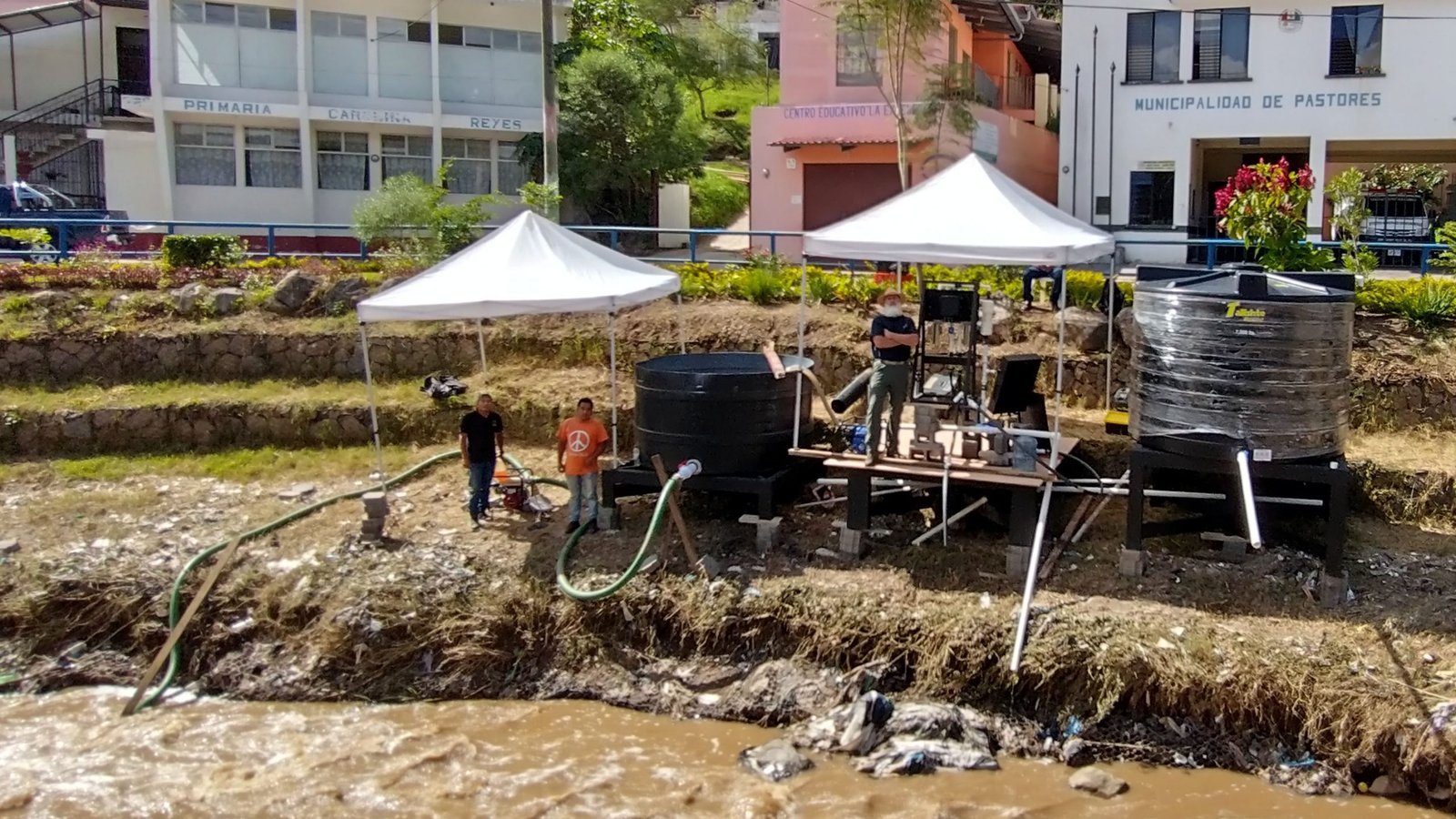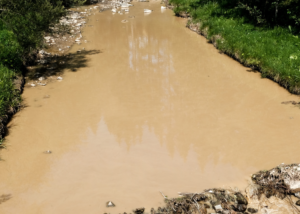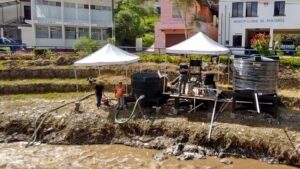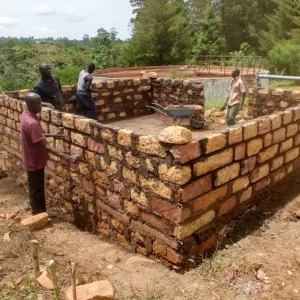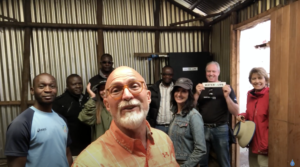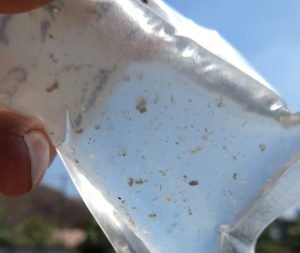Sediment Removal Testing - Río Guacalate, October 2020
Premise: Better Things, LLC has been developing robust, low-cost water filtration systems. These systems have proven effective, simple-to-use, point-of-use, clean water solutions. In our Río Guacalate tests performed in Pastores in March 2019, we demonstrated the filtering capacity of the core filter kit from the BlackBox Series filtration systems. These tests included proto-designs of our now BBHV filter with the activated carbon pre-filter. In addition, six units were ganged together in parallel to increase the filtration volume capacity.
Better Things, LLC has been developing robust, low-cost water filtration systems. These systems have proven effective, simple-to-use, point-of-use, clean water solutions. In our Río Guacalate tests performed in Pastores in March 2019, we demonstrated the filtering capacity of the core filter kit from the BlackBox Series filtration systems. These tests included proto-designs of our now BBHV filter with the activated carbon pre-filter. In addition, six units were ganged together in parallel to increase the filtration volume capacity.
While we effectively cleaned the toxic water from the Río Guacalate, our planned flow-rate tests failed due to the river’s high turbidity. The evident result was overwhelmed pre-filters. A clear benefit from the pre-filters was the protection of the microbial filters, which were clogged with large river contaminants.
A larger, more extended version of this system was installed in Kenya in January 2020. This wild river had measured levels of turbidity of >167 NTU. At the same time, higher volumes of water were filtered and cleaned to <2 NTU and <2 per 100 ml of all bacteria. Unfortunately, the silt/mud overwhelmed that system.
With lessons learned, the need for an active, scalable, low-cost turbidity reduction pre-filter before the BlackBox Series filtration system became evident.
Goal:
For these tests, we hoped to accomplish the following:
- Demonstrate a simple, scalable method for reducing turbidity from wild river water resources. The target range for the turbidity is to be <=50 NTU. <=50 and closer to 0 NTU is optimum for the microbial filter functionality.

- Demonstrate a sustainable flow-rate volume for potable water directly from the river using the Better Things Water Filtration solutions.
- Demonstrate a manageable flow rate that can supply a “to be determined” quantity of clean, pure water for community consumption.
- Secure factual data to use in the design of a scalable solution. Which can then extrapolate to larger systems.
Planned Method for Testing:
- Water will move 1500 gallons/hr from entry to exit through four large tanks. The sediment in the water will have one hour with minimal movement to settle in each of the respective reservoirs. After the physical plant set-up, the system will require 3.5 hrs to charge with water for processing.
- The water transfers directly from the river via a 7-hp trash pump into Tank-1, then, via gravity, falls into tanks 2, 3, and 4, respectively. Water supplied to Tank-4 will then be measured for consistent flow rate and tested for turbidity and microbial contaminants.
- With time permitting, we plan to implement a Contaminant-Accumulation test with the BB1000 filters. The basis of this is to determine if the auto back-flush cycle, programmed into the controller for the back-flushing of the filters, is sufficient to remove the contaminants collected in the micro-filters during a given time. Therefore, water quality testing was sampled at critical points before and after auto back-flush cycles.

Note: This volume (1500 gallons/hr) is for this series of tests. This volume can scale as needed for different communities by changing the size of the tanks and the number of filtration units ganged together.
System Schematic:
It is preferred to place this filtration plant next to the river’s edge in Pastores, at our previous location in the March of 2019 tests, directly across from their fire department. See addendum drawings.
The End Result:
The planned methods proved less than effective in meeting our goals. However, the testing did bring a greater understanding of real-time filtering of the river.
We were able to build a slotted rock filter which reduced the turbidity levels by a considerable amount. This will be the basis for our subsequent pre-filtration testing.
